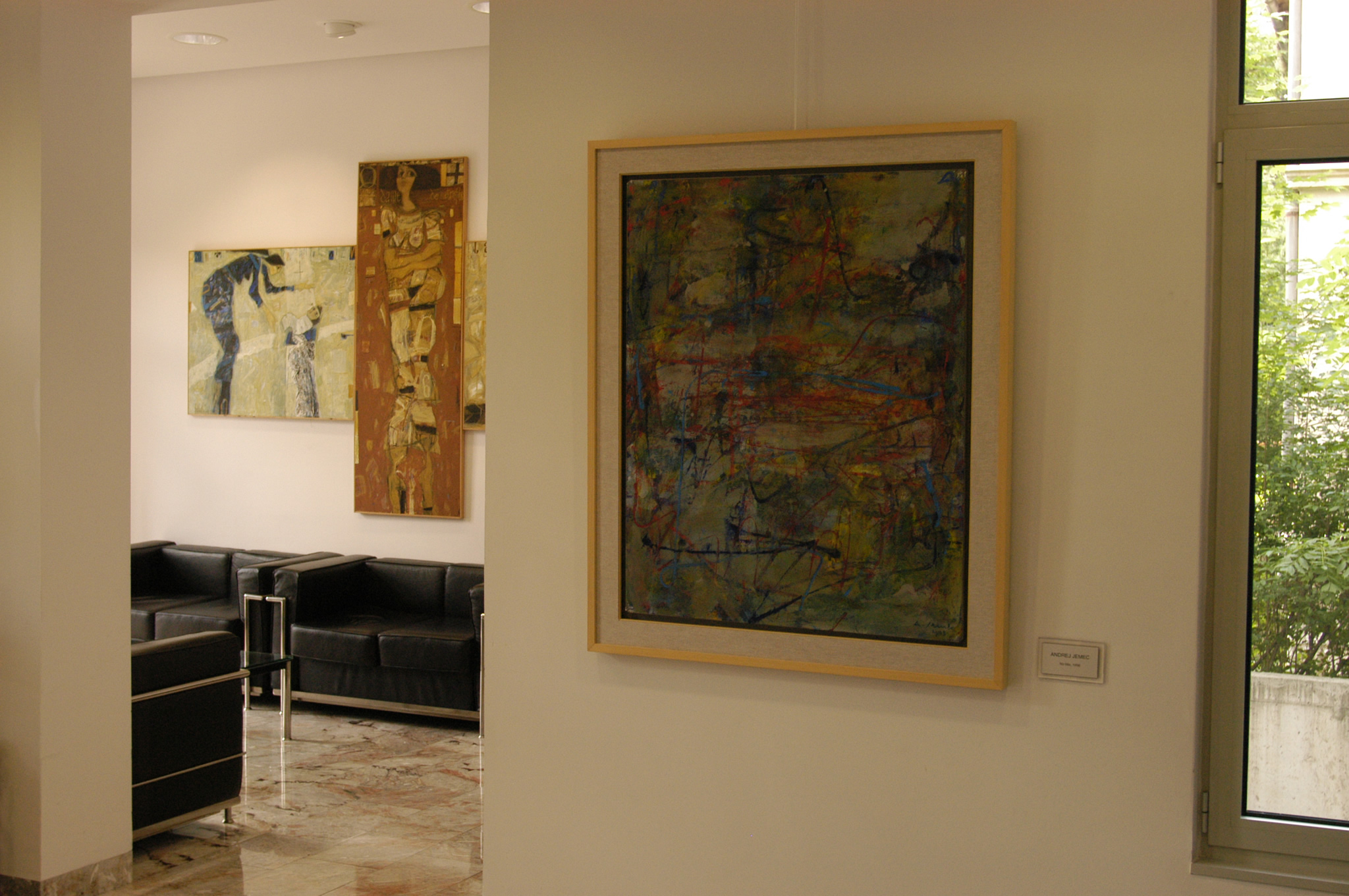In the book “The fine Art of success”1 the authors explain the success of Madonna from her continuous renewal and the success of Titian and Tintoretto, the great competitors in the Venetian time in the 16th century, they ascribe to strategic innovation. They give Vincent van Gogh, Paul Gauguin and Pablo Picasso as examples of artists who adapted to a globalizing world by adoption, interpretation and fusion. Although van Gogh and Gauguin are not very good cases, if you try to relate their mind-set to success (Van Gogh did not sell any paintings !). I admit that business managers and leaders can learn from their openness to other cultures and the way they interpreted them in their work. However it is useful and inspiring to look at artists as innovations and strategic leaders, and to see their performances in some functional fields, there is much more that art as such can offer.

All these insights in the performance of other professions and professionals help leaders and managers to cope with the dynamic challenges they face today. But is it enough, is this lateral learning enough to develop holistic and socially responsible views of the world? At IEDC we think it is not.
The practice of managing and leading organizations in the 21st century needs to orient to the flux and ambiguity of a world, where conventions, assumptions and ideologies are constantly changing.2 This requires the development of new ways of thinking furnished with non-rational, non-instrumental and non-functional skills and processes. Managers and business leaders must develop new ways of sensing and acting – they must develop reflexive, aesthetic consciousness.
Considering questions as how art creates a conceptual pool, evidence skill and achievement and has a style of uniqueness, are essential questions for management and leadership. This allows us to understand how our concepts and actions motivate, inspire and draw people into concrete action. They allow us to consider the skills of work and how the aesthetics of skills employed are powerful means of organizing, managing and leading. Then there is a consideration of style. How do artists create style that conveys meaning and uniqueness? It is not true that integral to leadership is conceptual vision, skills of communication and motivation, and is leadership not often experienced through its authentic style? This is what art and leadership have in common: vision, or concept, skills and authentic style. Therefore art offers an excellent metaphor for leadership.
At IEDC we realise that more than a metaphor, art helps to become better listeners and better observers, to be challenged to act on imagination and intuition. These are the tools and features managers and business need. If not only influences our capacity to cope with the challenges of our time through improved skills, but also by a different mind-set, based on the values of aesthetics and related to ethics as “beauty” is difficult to imagine without related ethical values and norms. IEDC aims at developing managers and business leaders who are prepared to lead any process of change, and also able to take the lead in creating a better, more “beautiful” world. We, at IEDC, believe that they who live and work within a particular organisation, the meaning, the values, the reasons for being there go far beyond functionality, they lie in the aesthetics – the sensations, emotional realms of being part of something greater than oneself. The functionality of an organisation serves as a frame for meaning making, value creation, imagination, creativity, culture building, much the same as a frame of a painting of the edges of a canvas for a painter.
IEDC has observed and promoted interests in putting the arts into action in management and leadership development.
Through music, the decomposing and recomposing of a Bach sonata, managers and leaders are faced with the realities of dissonance as well as harmony, with the strategic lines in competition and with the innovative content of the composition.
Music is also used to exercise listening. Trying to conduct a choir helps to see importance of an emotional relation and clear communication. Visual arts (IEDC has a collection of 150 pieces of art) are used for reflection, for becoming better observers and for discovering personal leadership styles. Concerning language it is shown how powerful is the use of metaphors in speeches and communication in general. Literature is also used to develop beautiful speaking and writing. The slogan that inspires me to develop these innovations in management and leadership development is “A creative environment for Creative Leadership”. I would add at this occasion “an innovative environment for innovative leadership”.
1Jamie Anderson, Jörg Reckhenrich & Martin Kupp, The fine art of success, John Wiley and Sons, 2011
2 Ian Sutherland and Arnold Walravens, the Connection between Arts and Leadership practice in : A creative Environment for Creative Leadership, Bled, 2013, pp. 32 - 35